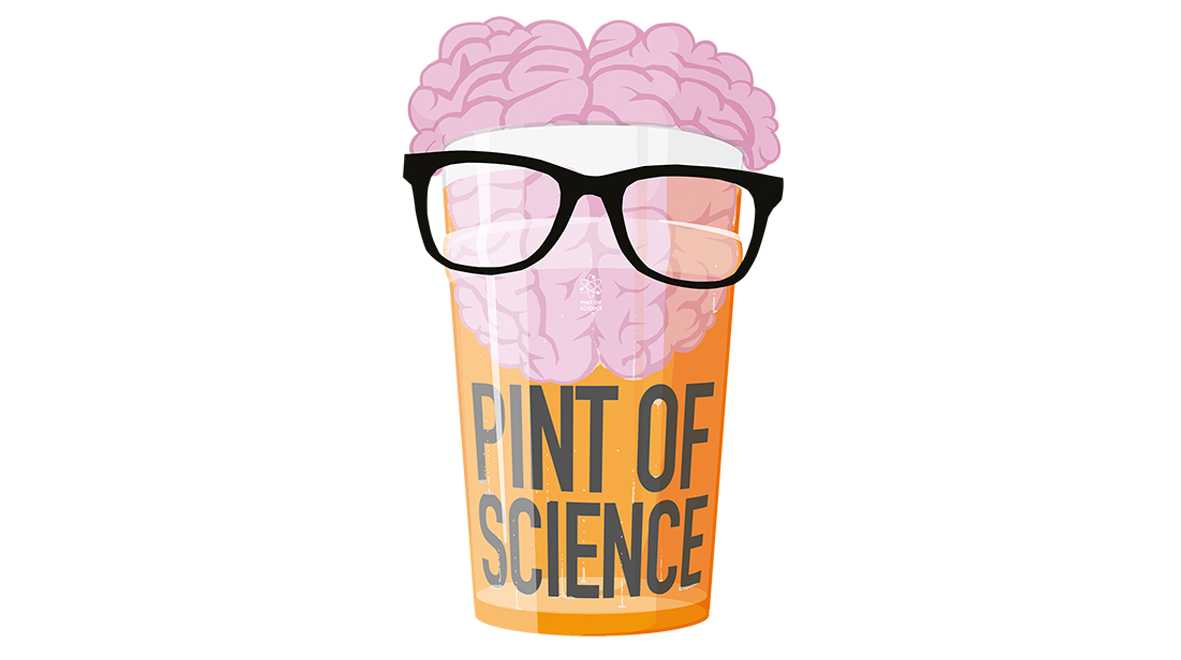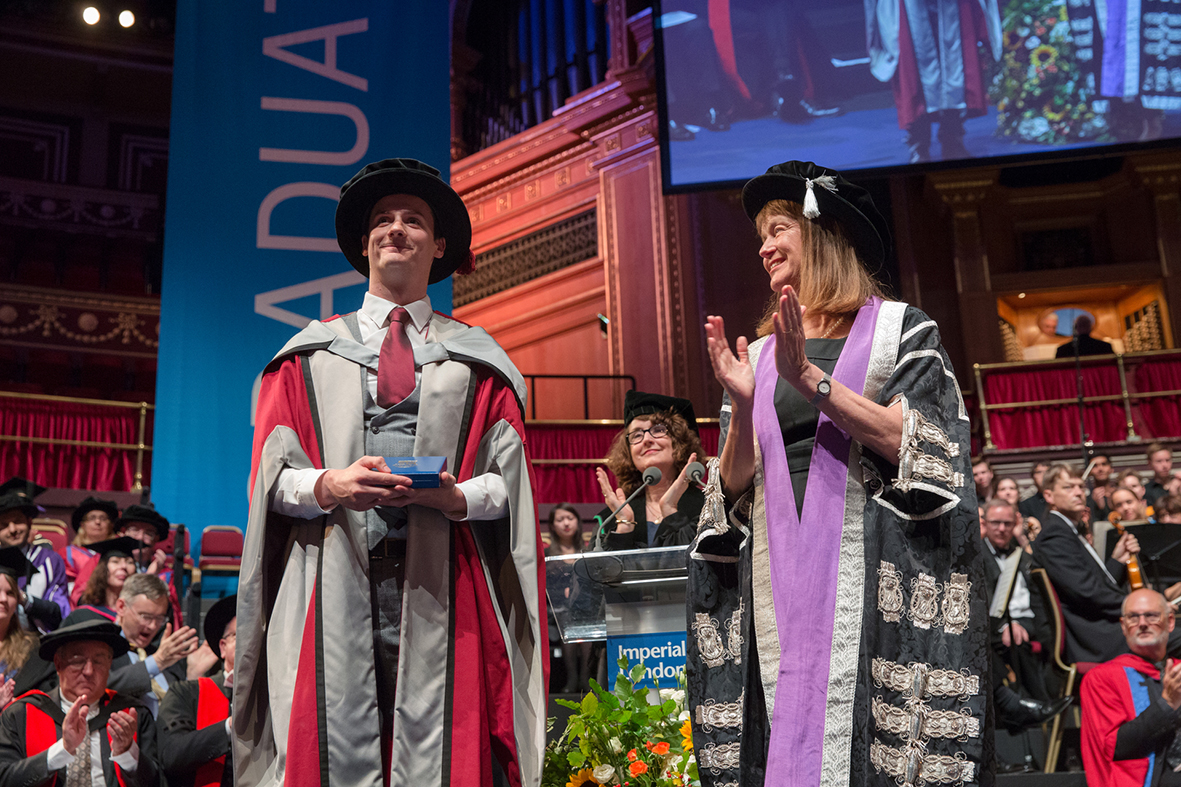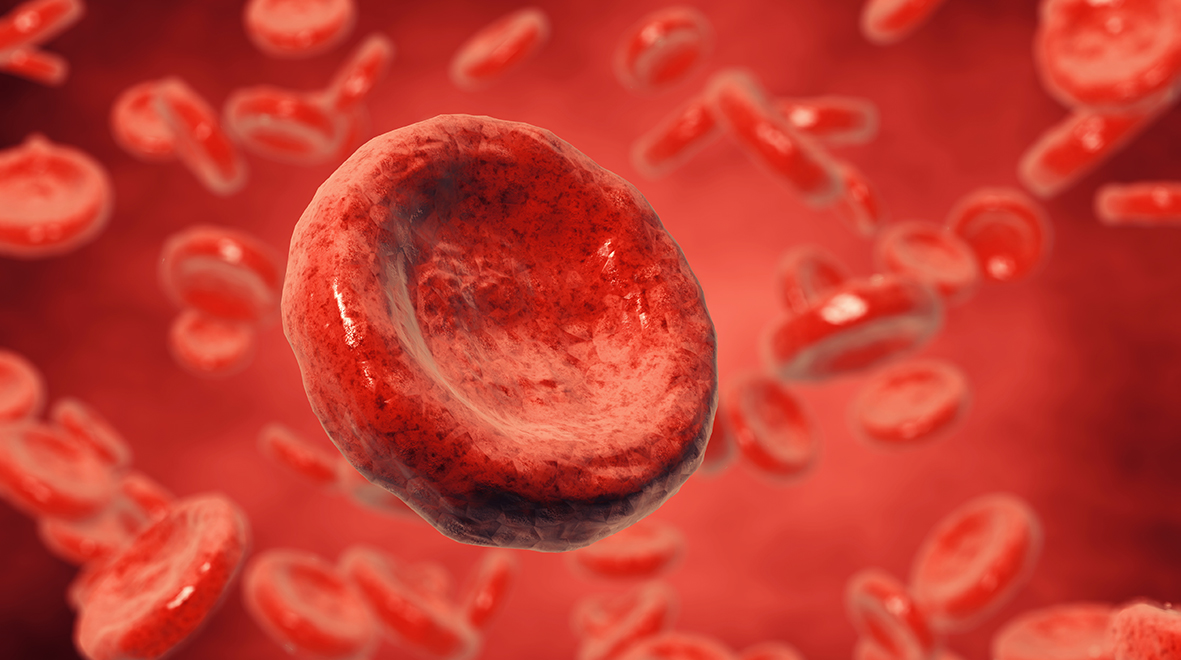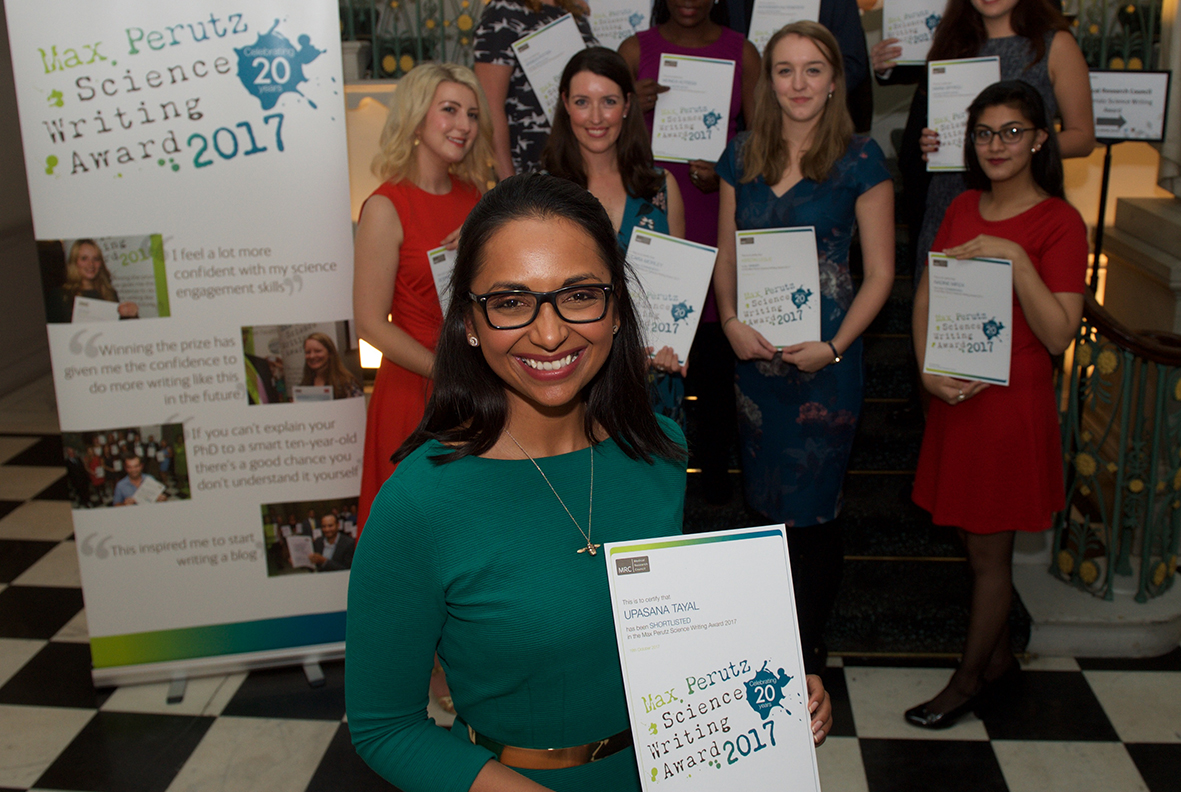
With London’s biggest running event of the year upon us, sport-expert Tim Grove gives a low down on the benefits of running for a healthy heart.
Is physical activity good for us?
London Marathon – the biggest sporting spectacle of the year – is fast approaching. This Sunday will see over 40,000 runners take part in the gruelling 26.2-mile course starting at Blackheath and finishing in front of Buckingham Palace. The event is highly televised with elite runners, celebrities, politicians and fundraisers all taking part together. The London Marathon has gained popularity since its inception in 1981 and has raised over £450 million for charity, making it the world’s largest annual fundraising event. With its high media profile, the London Marathon certainly sparks the enthusiasm of the general public with many taking to streets in the bid to train for next year’s event or for shorter distance races. (more…)






 An eye-opening account by Professor Sir Tony Newman Taylor on how asbestos has gone from ‘magic mineral’ to deadly dust that can cause mesothelioma.
An eye-opening account by Professor Sir Tony Newman Taylor on how asbestos has gone from ‘magic mineral’ to deadly dust that can cause mesothelioma.
